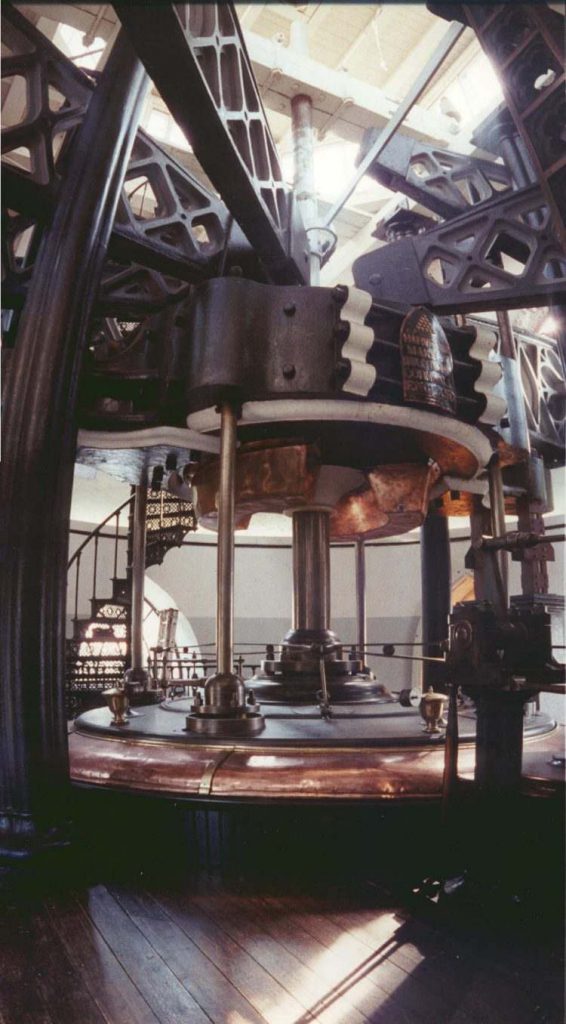
Introduction
During a visit to an important Cornish engine site near London, Jan Verbruggen discovered that the Cornish engine with the largest diameter, the Cruquius machine, was located not very far from his house in the Netherlands. That was the beginning of a period that proved to be of great importance for both Jan and Cruquius, and has resulted in the restoration of the large Cruquius engine.
This website is dedicated to Cornish engine and Cruquius specialist Jan A Verbruggen Ph D.
This independent website of former technical volunteers of the Cruquius pumping station gives information about the technical and historical aspects of the pumping station. We want to make knowledge of this beautiful monument accessible to everyone and preserve this information for future steam amateurs. We hope that technophiles as well as all others with an interest in steam will enjoy our website.
The main items on the website
Cruquius specialist, technical draughtsman and computer animator Robert Gisolf spent a lot of time and energy on research. Based on this he made technical drawings of the entire Cruquius machine. This also resulted in some 3D-animations of the engineroom and the large engine that already are renowned.
The Cruquius pumping station is a beautiful neo Gothic building. The building, the engine and pumps of Cruquius were never modernized or modified. The drainage station is just as it was built in 1846-1849. Go and look round.
The Cruquius gives an impression of the Dutch struggle against the water. Without enclosure and drainage, more than half of the area of the present-day Netherlands would be flooded with every high tide, every wet season, or permanently.
The main attraction is the large Cruquius engine, the steam engine with the largest cylinder diameter in the world, almost 3.5 m or 144″! The steam cycle of the Cruquius engine is virtually the same as that of a regular Cornish engine. The Cornish mine-pumping engine is characterized by a beam, pivoted on a massive wall, with the vertical steam cylinder under one end of the beam and the pump rod suspended from the other. Robert Gisolf created a flashanimation to demonstrate the working of the large Cruquius engine.
The Cornish pumping engine is a descendant of the Newcomen engine, via the engines of James Watt. A sketch of the development from mine pump to Haarlemmermeer engine.
The Cruquius engine has a peculiar and ingenious valve control system, the valve gear. Is is a complex set of rods and handles. It is interesting to see how, at the time, the designers managed to ‘automate’ the control of Cruquius with this valve gear.
Thanks to the efforts and support of many persons the large Cruquius engine has been restored to movement by the Steam Team volunteers. Research and activities to make this possible started in 1982. Since the beginning of 2002 the large Cruquius engine moves again. Using steam drive to move the engine was out of the question. So various other ways to drive the engine were compared and eventually modern hydraulic techniques were chosen. June 4th 2002, after more than 20 years of hard work, the engine was operated officially for the first time by His Royal Highness prince Willem Alexander of The Netherlands.
Copyright
© 1999 Robert J H Gisolf
No part of this work may be reproduced in any form by any means without the express written permission from the authors.
Website first published December 28 1999